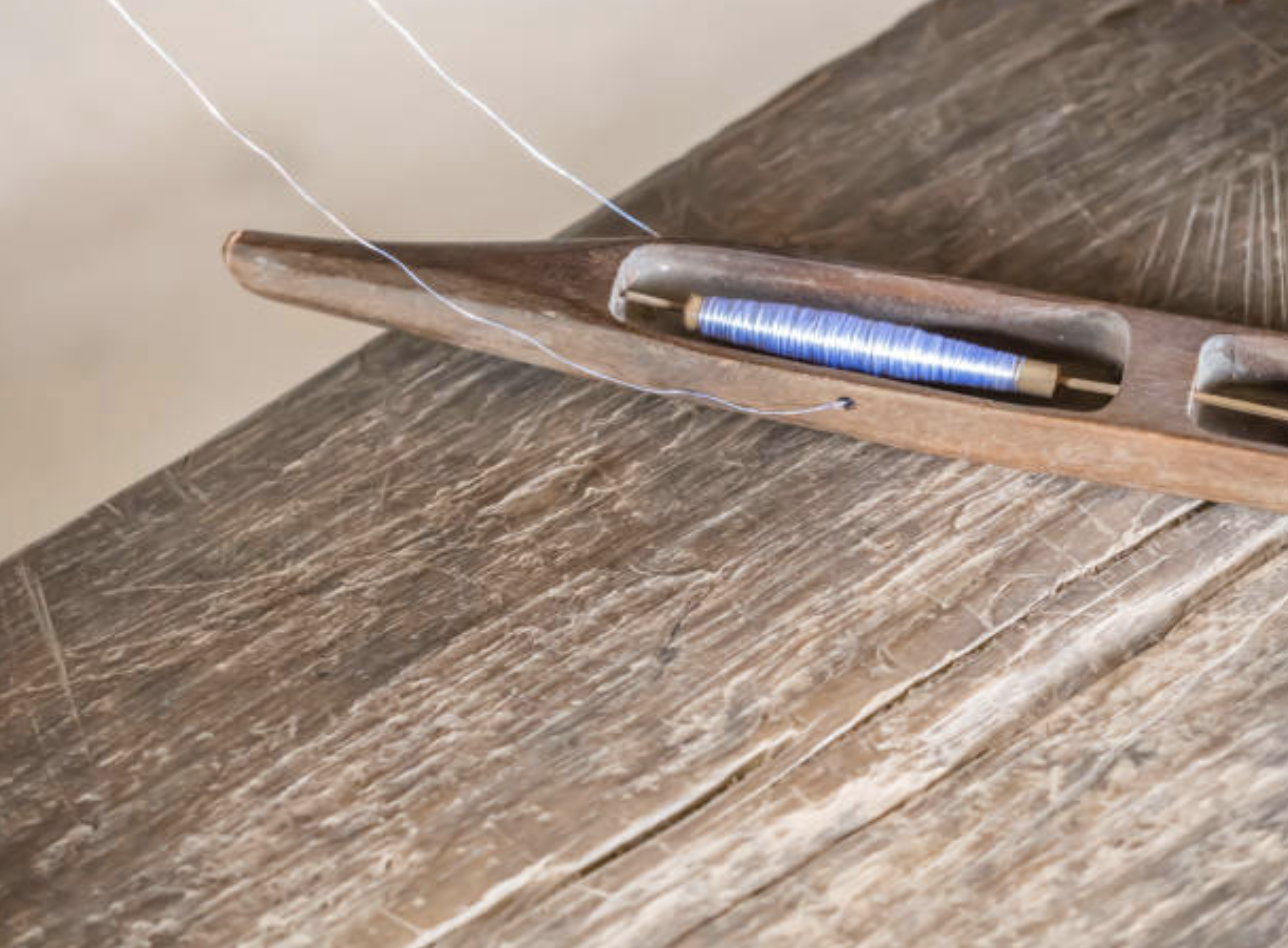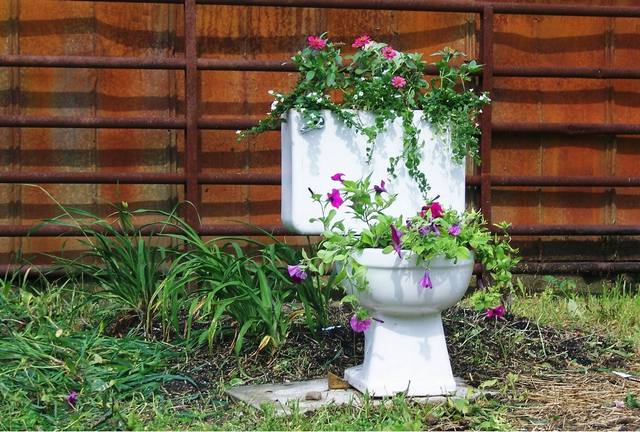Subsurface Innovation
Written by Todd, Homeowner
“Now on to something much, much more interesting and intriguing than art … Sewage!” That’s how a Bainbridge City Council member introduced an ordinance we had worked on to let Bainbridge homes and buildings handle wastewater in a way that lessens the burden on the Island’s infrastructure while helping to protect our drinking water supply and our local ecology.
In the LBC, we must treat all our own sewage. On the surface, this sounds unnecessary and potentially disgusting. Especially since the house is one of only 20 percent of homes on the island already linked to a city sewer line.
Like many questions related to sewage, however, the ultimate importance of this requirement courses below the surface.
First, there is the issue of groundwater. Bainbridge Island has six main aquifers. Think of them as natural, underground storage tanks for water that has been filtered through layers of soil and porous rock. Although we never see the groundwater contained in our aquifer system, it is one of our most important natural resources, and the Island’s only source of drinking water. The City’s most recent aquifer modeling in 2017 expects a 50% increase in groundwater withdrawals over the next 100 years. If those aquifers dry up, so do we.
Second, there is the protection of Puget Sound and Elliot Bay. As the population around the Puget Sound has increased, so, naturally, has the amount of domestic sewage. For now, Bainbridge Island’s wastewater treatment system does a good job, earning it the Department of Ecology’s Wastewater Treatment Plant Award last year. But no system is immune to the vulnerabilities that come with aging pipes, climate changes, and a growing population. The sewage spills across Elliott Bay are harsh reminders of what can happen when sewer systems become overburdened. If there is anything we can do to lessen the burden on Bainbridge’s award-winning system, we want to do it.
So treating our own sewage doesn’t just help us earn an LBC petal; it allows us to improve our broader, ecological community. And, it turns out, treating our own sewage – even to a higher water quality than our waste treatment plant – doesn’t require lots of newfangled technology.
Pete Muñoz, a senior engineer with our water consultant, Biohabitats, studied our yard to determine how much rainwater it can absorb and recommended what amounted to a septic system with one important change – a textile filter.
As Pete explained, a typical septic system works extremely well when it is properly built and maintained. Water from toilets, sinks, and washing machines flows into a septic tank, and the solids drop to the bottom. The water then overflows, or is pumped, into a drainfield – a series of underground trenches in the yard with very porous soil – where the septic water soaks into the ground. There soil and plants naturally remove harmful bacteria and viruses. But…a septic system with too much liquid or a poor design can result in toilet water flowing rising to the surface or backing up into toilets. Disgusting.
With the added textile filter, our water starts the same trip from the sink or toilet as it would in a traditional septic – it goes to a tank (with the round lid in the photo above) where the solids drop out. But from there, it heads to a second rectangular tank, which houses a series of textiles. Those textiles provide a home to beneficial bacteria – beneficial to us because they feast on the harmful kind that get people sick. A half-horsepower pump circulates the water around in the tank, the beneficial bacteria eat up the harmful stuff, and when it is really clean – cleaner than the water from the waste treatment plant that is released into the Puget Sound -- the water squirts into our garden through drip irrigation, where it slowly filters down through the soil and replenishes the aquifer. (The orange strings in the photo on the right mark part of the drip irrigation system in the yard.)
This sounds great, AND we were leery of fancy technology that is hard to maintain. Part of their effort with Loom House, after all, is to see if a restorative home could be created using technology that we already have on hand. We remembered that one of Todd’s sisters -- the no-nonsense, to-the-point lawyer who lives in an arid climate – had a septic system that allowed her to water her yard. He called.
“Carla, do I remember correctly, that your septic cleans your water so well that you can use it to water the yard?”
“Yeah,” she said. “That’s the only green part of the lawn.”
“Would you put in the same system again?”
“Oh yeah. No question about it.”
It turns out that she had used the system – while raising three young kids – for 15 years. Someone came out to inspect it once a year, but that was all she had to do. No breakdowns, no problems.
Reassured by Carla’s feedback, Karen and Todd were eager to move forward with Pete’s idea, but one key challenge remained. According to City policy, homes located within 300 feet of a City sewer main were not allowed to install a septic system, and Loom House property is close to a sewer main.
Knowing what Pete told us about the potential problems with poorly designed septic systems, we understood why the city wanted to connect as many homes as possible to the central sewer. But the addition of a time-tested textile filter made our system safe and very effective. We also knew that it held a lot of promise as an example that others could follow to safely treat their own wastewater . Such systems could potentially help the city manage its growth, cut capital costs for an aging pipe system, and bolster a shrinking aquifer. We felt so strongly about this that we decided to ask the city to change its code.
Along with Miller Hull, the ILFI, and Biohabitats, we sat down with city officials, explained the system and the promise of another approach. On March 19, the City passed Ordinance 2019-05, which allows for the installation of an onsite blackwater treatment system within the city limits. The new ordinance allows us to install the system we designed to put all of our water back into the ground, and, ultimately, the aquifer.
Is the water reallyclean? Well, that’s not too hard to measure. In fact, an organization, NSF International, employs 2,700 microbiologists, toxicologists, chemists, and engineers to come up with ways of ranking the quality of water – from toxic to drinkable. To adjust how clean you want the water, adjust the number of textiles and the amount of time the water spends circulating. Some claim that the water can be made clean enough to drink. While we have faith in the system, we won’t be testing that claim.
Nevertheless, instead of shipping our toilet water off to the central waste treatment plant, applying energy to clean it and then dumping it out into the Puget Sound, we keep the water at home. There it nourishes our garden, sinks back into the soil, and finally, into the aquifer that supports us all. The simple code change by the City of Bainbridge Island makes this possible for us, and with luck, for many others.
Creating a short cycle of water – from house to the aquifer, our natural, underground storage tank – creates far-ranging effects, and the Council’s action holds great promise for easing the pressure on our aquifers, for cleaning up our waters, for improving local fishing and for even – wait for it – saving the whales. We’ll share more about that in a future post.
Written by Todd, Homeowner




